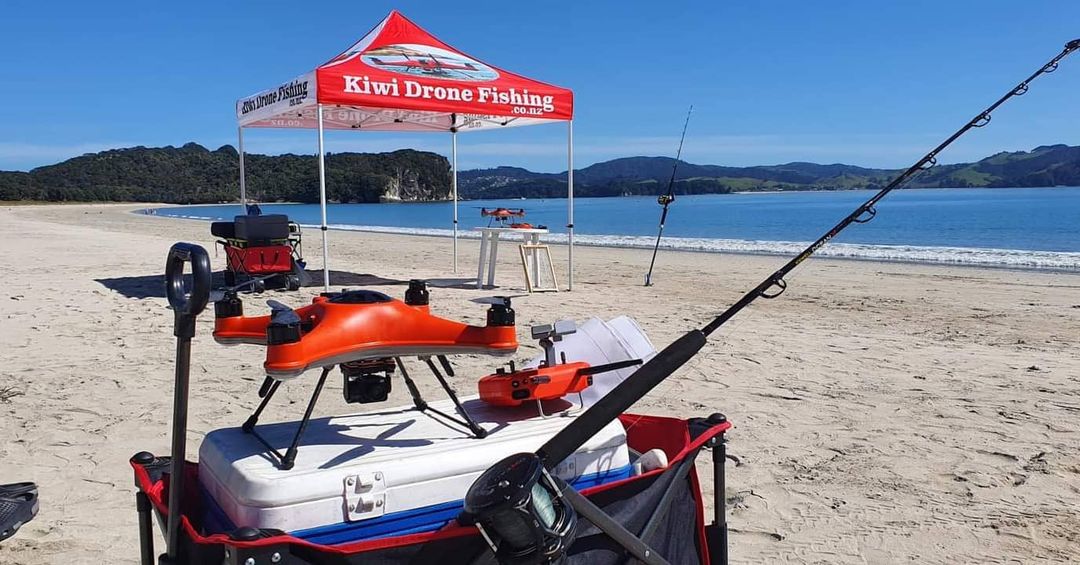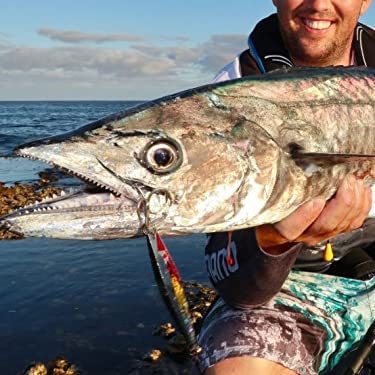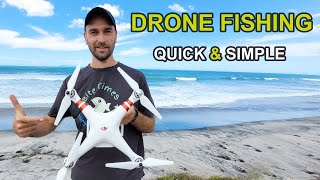
If you are an avid fisherman and live in Australia, you can now use a drone to get an aerial view of the waters around your property. Drones are equipped with many features including a GPS positioning and GPS receiver, a GPS transmitter, a GPS receiver, an angle-adjustable camera, and a mechanical payload. Fishing lines can be purchased that are extremely stable and secure. The SKY RIGGER drone is one such example.
SKY RIGGER is a drone fishing line
The SKY RIGGER, a flexible fishing system for drones, allows you fish from the air using minimal effort. The system has two rotating leg clamps that can be mounted on a wide variety of drone models. The release mechanism uses a bayonet connection and a camlock arm. This allows for quick opening of the line clamps. The Sky RIGGER does not require batteries, unlike other drones. It can safely accommodate all types of fishing techniques.
For when a fish strikes your fly, the SKY RIGGER features an automatic release mechanism. You can also manually release the line using your hand or rod. This feature can be found on all models. It is highly recommended to buy a Phantom 3 first before purchasing the new SKY RIGGER. A few pros and cons of the new line system:
It is equipped with a mechanical payload transfer
A good drone's mechanical payload release is one of its most important characteristics. Many drones have a release mechanism that allows the angler to easily remove the fishing line. Some models, however, do not include a release mechanism. Instead, the user must "yank" the fishing line to release the drone from the line. This can be frustrating, especially for people who aren’t comfortable using their fingers to release the line.

The payload release mechanism is another important feature. The drone should have the ability to release its payload when it strikes a fish. This method is not easy to use. You can't just pull the fish up and let it go. Many people have experienced good results using the DJI Phantom drone. But, it is still not as advanced as other fishing drones.
It also has a GPS position system
Rippton, an Australian and Dutch joint venture, specializes in technology-oriented fish products. Its mission is to increase angler success rates through the development of products that enhance fishing experience. Rippton's Mobula drone includes a GPS positioning and remote release. The Mobula is able to hold bait on the surface, resist kite clips and is environmentally friendly.
It is lightweight at just 3 pounds and can fly up to 18 minutes. It has a high tech GPS system that can be controlled from as far as 2,000 meters away. It has a range of 1000 meters, or half a mile, and is equipped with intelligent flight modes. It can take high-quality pictures of its surroundings thanks to its point of interest function. You can get amazing views of fish with its high-resolution camera.
It also has an failsafe feature
Aerokontiki has an emergency feature that allows it to monitor the battery level and release the fishing line if necessary. If the battery is dead, the drone will automatically return to dry ground and resume its mission. It has industrial-grade flight controls and can operate wherever it goes without recalibration. This drone is also waterproof, so you can use it even in the most difficult water spots.

FAQ
Are you interested in flying with a drone while on the road?
Drones are becoming more popular, both for personal and business purposes. They are used to film, fly, map, rescue and search and rescue. A number of new regulations have been approved by the FAA for drones. These include registration, licensing, pilot training and insurance. These changes will help ensure that drones remain safe for everyone involved.
Is Drones Prohibited?
The FAA has prohibited drones from flying close to airports or stadiums, sporting events and nuclear power plants. They allow them to fly at nights using GPS technology.
What laws apply to flying drones?
The Federal Aviation Administration (FAA), regulates drone operations in the United States. A certificate issued by the FAA is required to commercially operate a drone. Then, you must complete a course in piloting skills and pass an exam. Finally, you must pay a fee to the agency.
Statistics
- According to the multiple listing service (MLS), houses and apartments with drone photographs are up to 68 percent more likely to sell than those without pictures. (thedroneu.com)
- According to Indeed, a drone pilot gets paid $25.73 per hour on average in the US. (dronesgator.com)
- According to industry research from ZipRecruiter , there are 10 cities where the typical salary for a Drone Pilot job is above the national average. (dronesgator.com)
External Links
How To
How to Film Youself With A Drone
It's easy to film yourself with your drone. All you need is a camera, remote controller, and your smartphone. You should first get your FAA (Federal Aviation Administration), license. Next, you'll need to buy a quadcopter. This type of drone comes with four rotors, allowing it fly in multiple directions.
Once you have purchased your drone, you will need to connect it via a USB Cable to your computer. Open the software program on your drone. Follow these steps:
-
Connect the battery of your drone to the power source of your laptop.
-
Open the webcam of your drone and make sure that it's working properly. If you don’t see any images on the screen check that there are no problems with the connection between your drone to the computer.
-
Turn on WiFi on your drone. In the field "IPAdresse", enter the IP Address of your computer.
-
Select "Open Camera" from the menu.
-
You should set the image quality to HD 1080p.
-
Click on "Record" and then click on the "Start Recording" button.
-
Once you're done recording, close the webcam software.
-
Save the video file on your hard drive.
-
Final step: Upload the video file onto YouTube via another computer.
-
Share your video link to social media sites like Facebook, Twitter, Instagram and Google+.